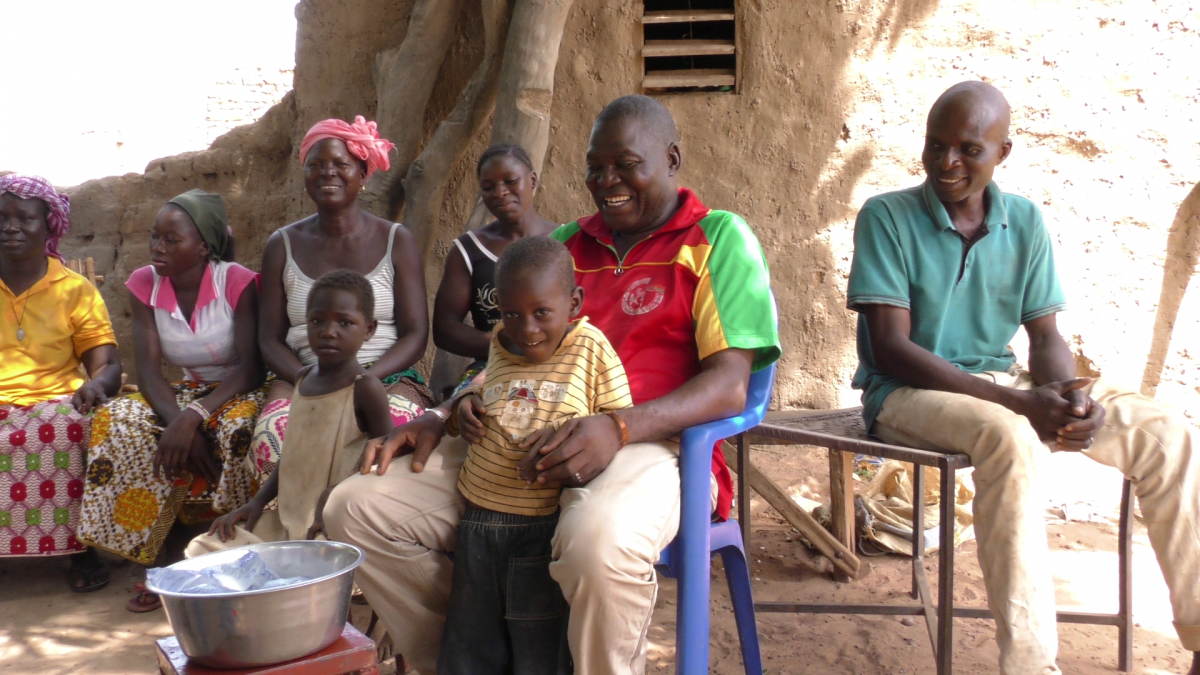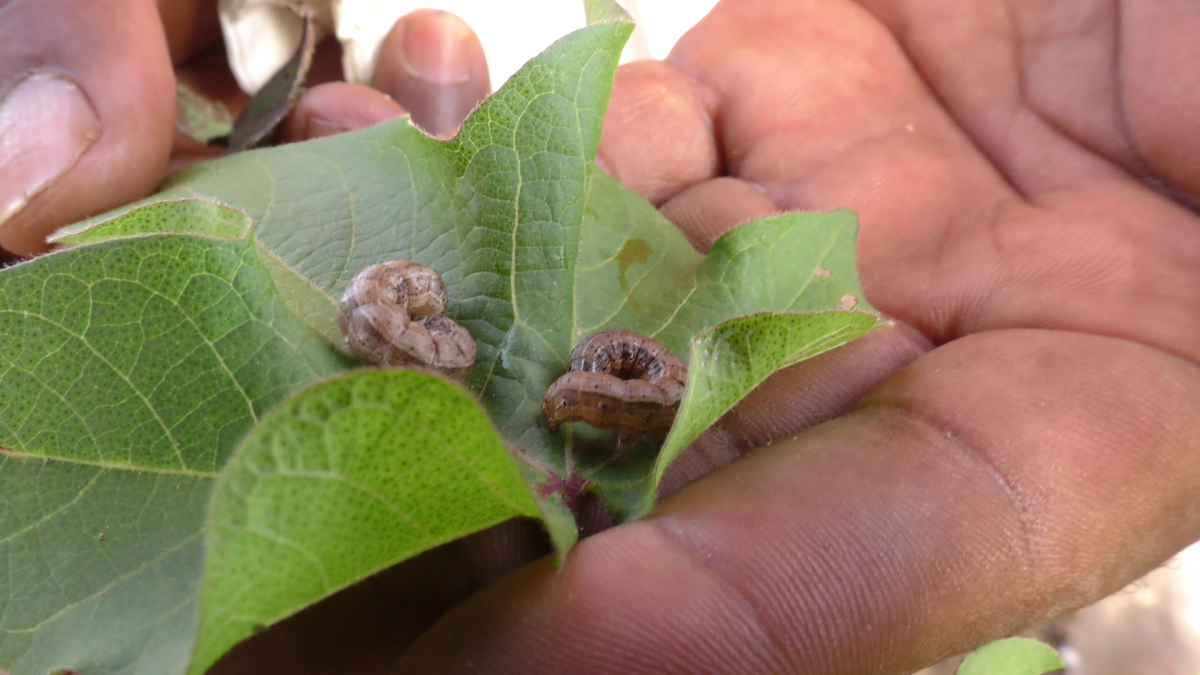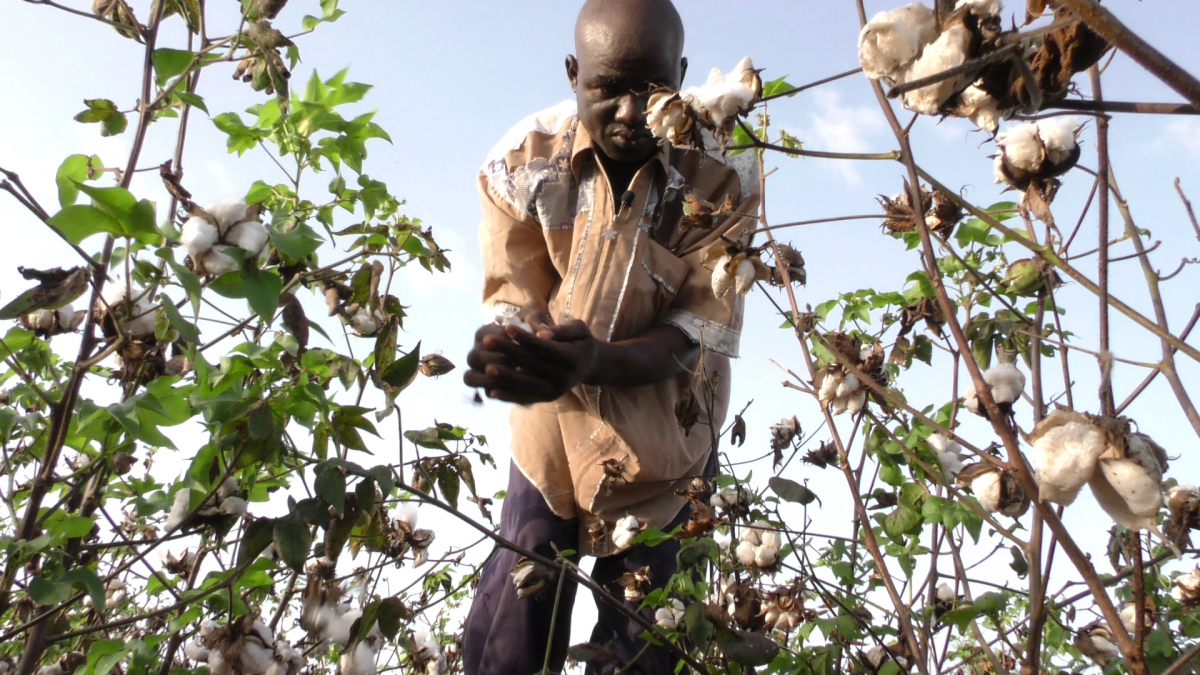
When cotton traders in Burkina Faso announced in 2015 that they were phasing out the cultivation of genetically modified cotton, they attributed it to losing 50 billion CFA (US$89.5 million) in five of the seven seasons the nation had grown the variety.
The GM seeds were producing cotton with shorter fibers, which produces a lower quality fabric, so trading companies had to discount their prices on the international market. As a result, they directed farmers to stop growing GM cotton and return to conventional varieties. But the profits of trading companies and mills aren t the only consideration. A national study has shown that the introduction of GM cultivars in Burkina Faso led to a 22 percent increase in yield over conventional cultivars and farming households recorded an average profit gain of 51 percent. Now, they have lost all that.
Though the companies were able to put a dollar value on their losses, what was the real cost from the perspective of cotton farmers of the decision to abandon GM crops? I traveled to Burkina Faso to find out.
At Kiere, in the Hounde District of Burkina Faso, five hours drive from the capital Ouagadougou, Bambio Dambo took me around his cotton fields. The plants looked very unhealthy, with dried up leaves marked with holes.

The insects attack the leaves and the capsules, Dambo explained. They chew the inside part of the capsules and you may never know they are there. If you have one here, it means all the field is already gone. It can destroy up to 100 percent of the fields.
Dambo said he didn t see this type of damage two years ago, and many years before that, when he planted GM cotton seeds that were genetically engineered with genes from the Bacillus thuringiensis (Bt) bacteria to make them inherently resistant to the bollworm pests. These voracious insects destroy up to 35 percent of all non-GM cotton produced in West Africa. The result is that Dambo and his colleagues are now losing a lot more money due to pest attacks.
When I planted GM cotton in 2014, I made 40,000 CFA (US$80) per hectare. Last year, I made a profit of only 10,000 CFA (US$20) per hectare when I planted conventional seeds. In fact, in 2015, the last year we grew GMO, I made a total income of 3 m CFA (US$5,370). In 2016 when we grew conventional, I made total income of 575,000 CFA ($1,029), he said.
This has affected my income. But I have a responsibility to take all my nine children to school. So I will have to look for a loan from traders and my friends to be able to send them to school, Dambo lamented.
The cotton companies expect their profits to shoot up as they get premium prices for their longer fiber products on the international market, following the re-introduction of conventional seeds. But the ordinary farmer is losing thousands of CFA. Dambo s story is no different from what Karboe Guile, a farmer with 80 hectares of cotton fields, told me. I couldn t help but engage him in a conversation because he s a giant of a man, and his imposing size makes him easily noticeable.
Following the phasing out of GM seeds, Guile said he is now investing a lot more money in laborers who spray pesticides on the fields. With GM seeds, they sprayed the fields twice every season. But with conventional seeds, they spray more than eight times.

Things were right with Bt cotton, he said. Same cannot be said of conventional crops. Six persons are enough to take care of a hectare of GM cotton fields. With conventional, you will need at least 30 persons. And each person you hire will cost you 1000 CFA (US$2) a day.
In order to cut down on labor costs, some farmers now use their children in the fields, a practice that appears to threaten the efforts invested in the global campaign to stop child labor. There is a huge problem of man power, Guile disclosed. Sometimes, we need to use children as young as 12 years on the field because there is a lot of work that needs to be done and everyone needs to be involved. The children get cold, cough and sneeze terribly when they spray the pesticides.
Some farmers are struggling to take care of their children as a result of the move to abandon GM cotton. With the conventional, it is costing too much and that is why most of us cannot take care of our family and so we need to go beg for food from other family members and also take loans to pay for school fees. Usually, there is hardly enough food for the family, he lamented.
Edgar Traore, who is with the Open Forum on Agricultural Biotechnology (OFAB), is convinced that the move to phase out GM cotton was a terrible one. The decision to reverse was commercially influenced. If they had consulted researchers we would have advised them to keep the Bt because what they were losing in terms of Burkina being labeled as having long fiber cotton, I think they may have gained in terms of better health, less pesticides, less labor and also time being lost that could have been used to grow other crops, he said.
If you evaluate the gain to the other side, you may see that the 50 billion CFA that they say they lost for seven years, they would have gained even more than that . And I was really surprised that reduction of fiber by 1.6 mm can bring the whole country, which is a leader in cotton production, to reverse 100 percent to conventional cotton. I doubt that the conventional is doing better in terms of fiber, he said.
US agricultural firm Monsanto introduced the variety in collaboration with local Burkina Faso scientists. Its vice president in charge of technology, Robert Fraley, said the partnership was inspired solely by good intentions.
Our commitment to Burkina was to enable local breeding organizations to use the Bt technology that we have developed to help protect against some of the challenging insect problems, he said. The technology for insect control worked great Farmers want this technology. When the technology is properly developed, it does amazing things. And farmers in particular need these tools.
But Civil Society Groups like the Coalition for the Protection of the African Genetic Heritage in Burkina Faso opposes the use of GMOs. They say communities need to protect their genetic resources, and Bt cultivars will not allow for that.
But the farmers say they believe it is about time their interests are prioritized above that of all other groups. When they asked us to vote, we said we don t want conventional back. We want GMOs, said cotton farmer Soro Mahmoud. But they didn t listen to us. We should be making the decisions on these issues not them.
In South Africa, where Bt cotton is being cropped, farmers are producing an average of 2,900 kilograms of cotton per hectare. But in Burkina Faso, it s less than half that, at about 1,300 kg per hectare. The role of Bt cotton in contributing to South Africa’s high productivity cannot be over emphasized an advantage that is currently unavailable for Burkina Faso farmers. Though the cotton companies may be excited about a return to their premium prices, the farmers who are struggling to cope pay the price.
